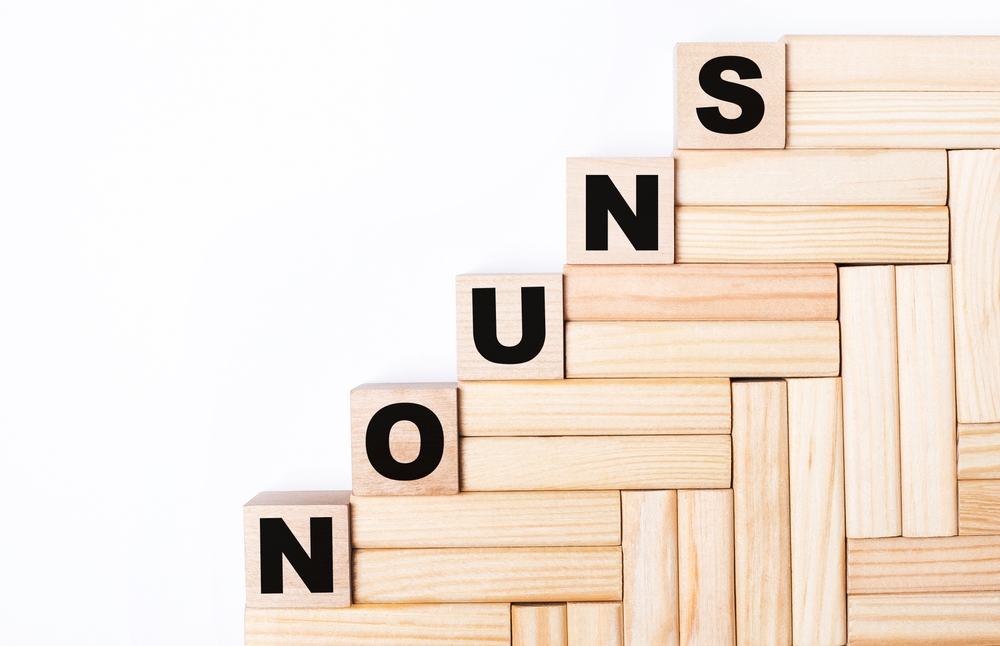Reading Fiction worksheets activities for Ages 5-6
10 filtered results
-
From - To


Finding the Details and Connections: Assessment 2 Worksheet
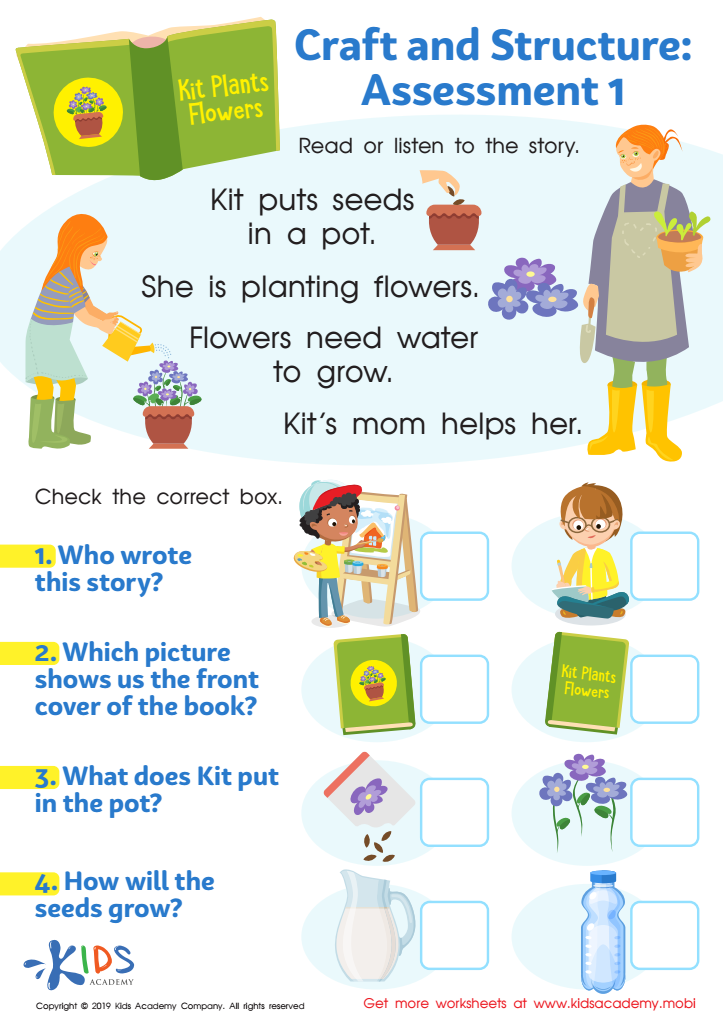

Craft and Structure: Assessment 1 Worksheet
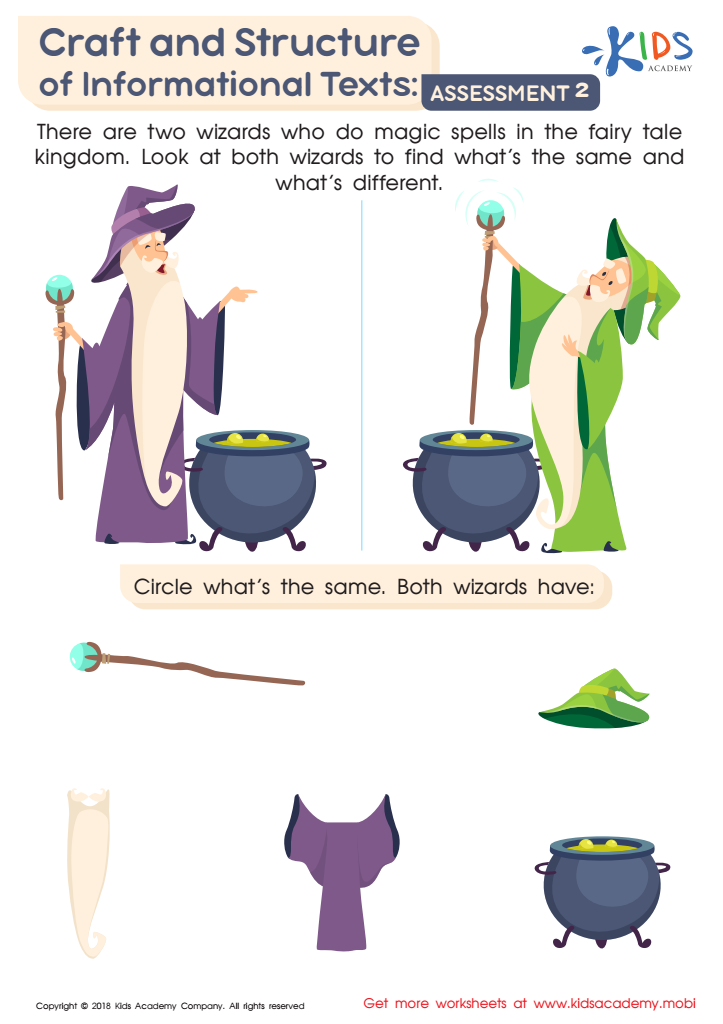

Craft and Structure of Informational Texts: Assessment 2 Worksheet
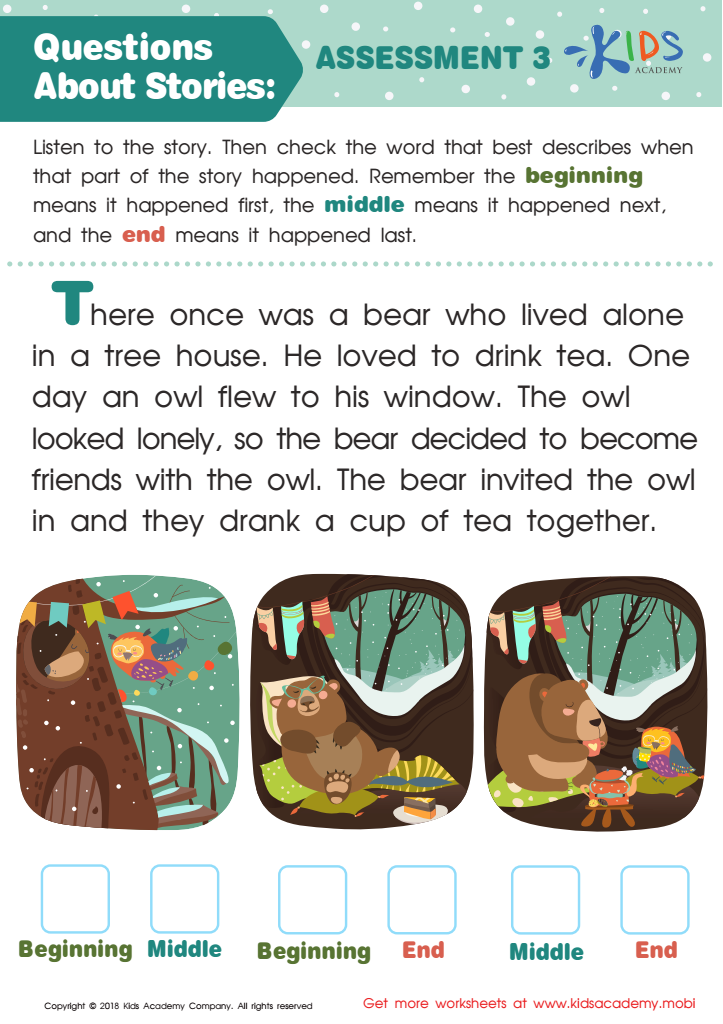

Questions About Stories: Assessment 3 Worksheet
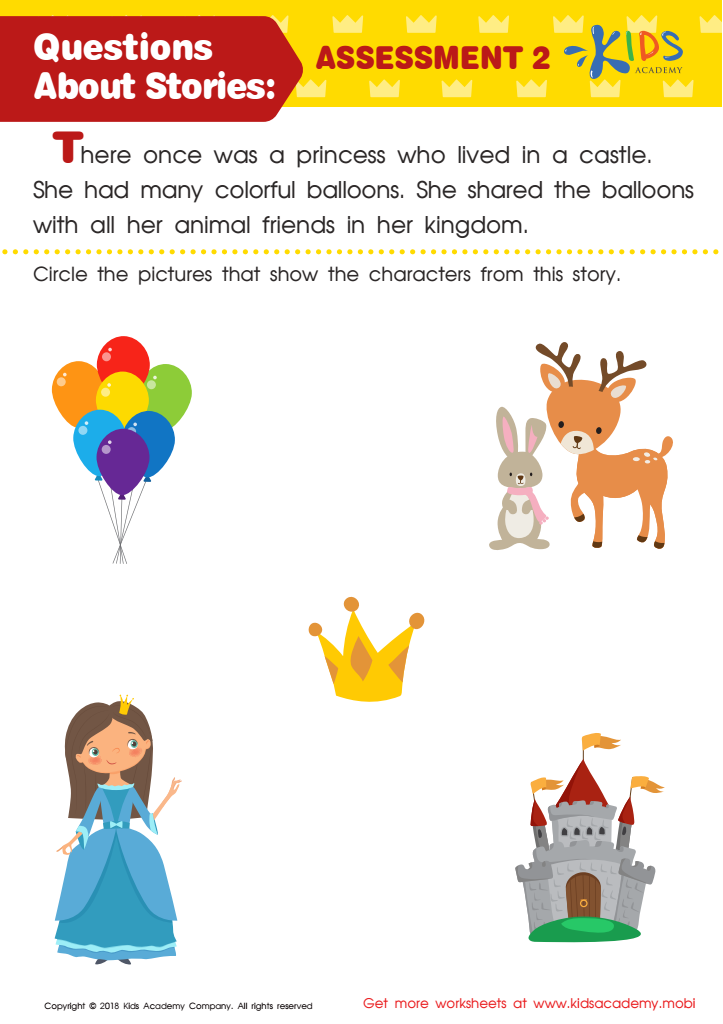

Questions About Stories: Assessment 2 Worksheet
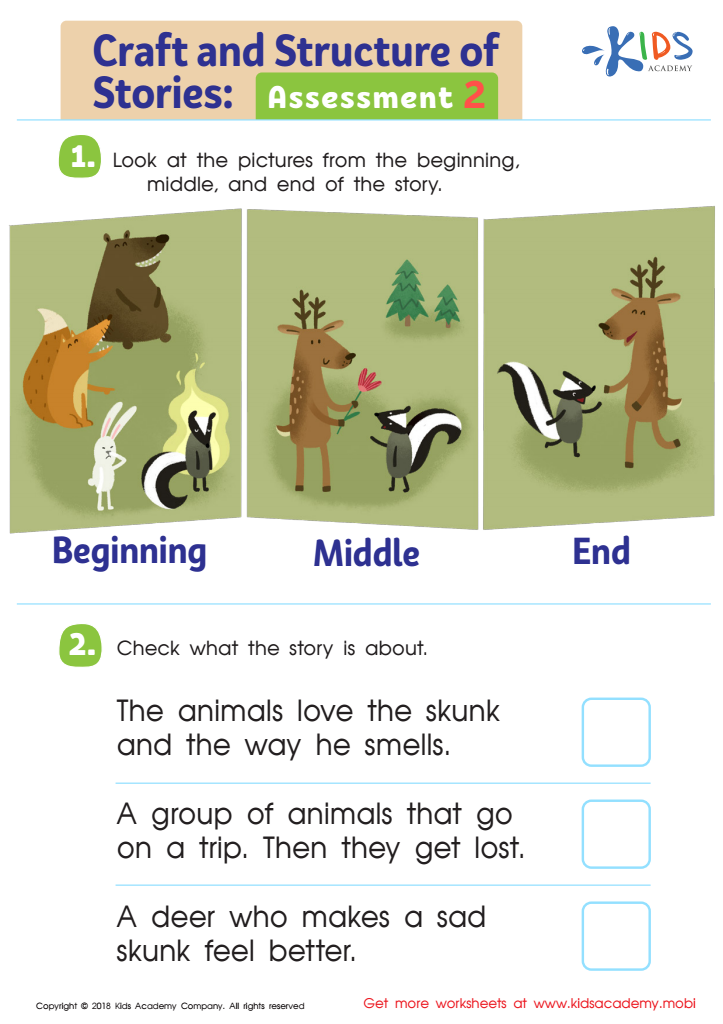

Craft and Structure of Stories: Assessment 2 Worksheet
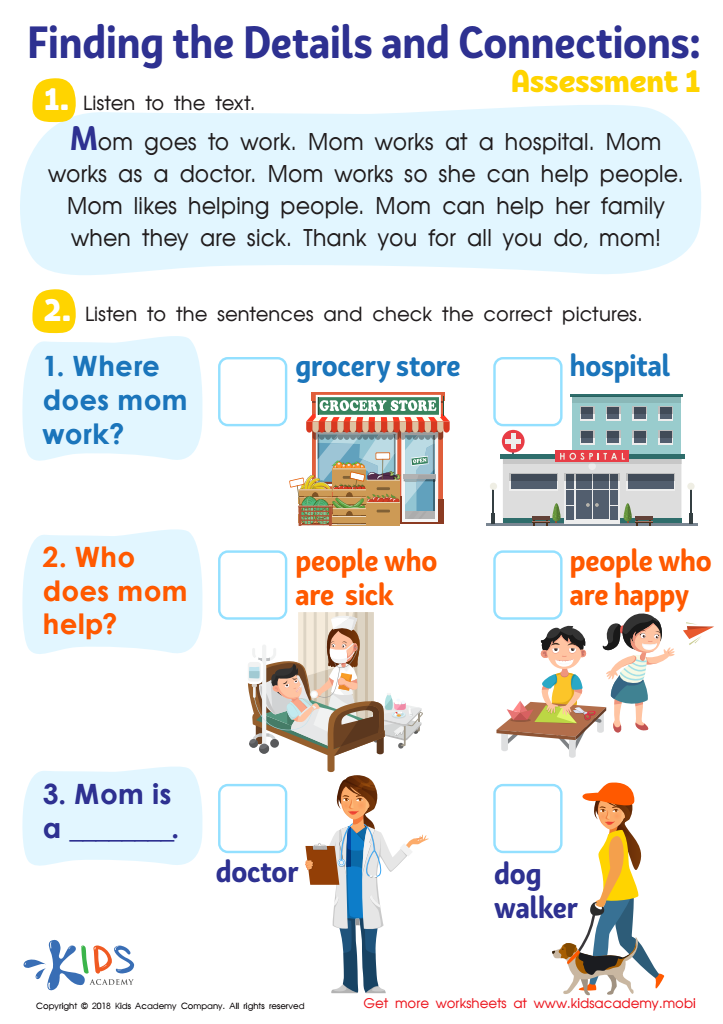

Finding the Details and Connections: Assessment 1 Worksheet
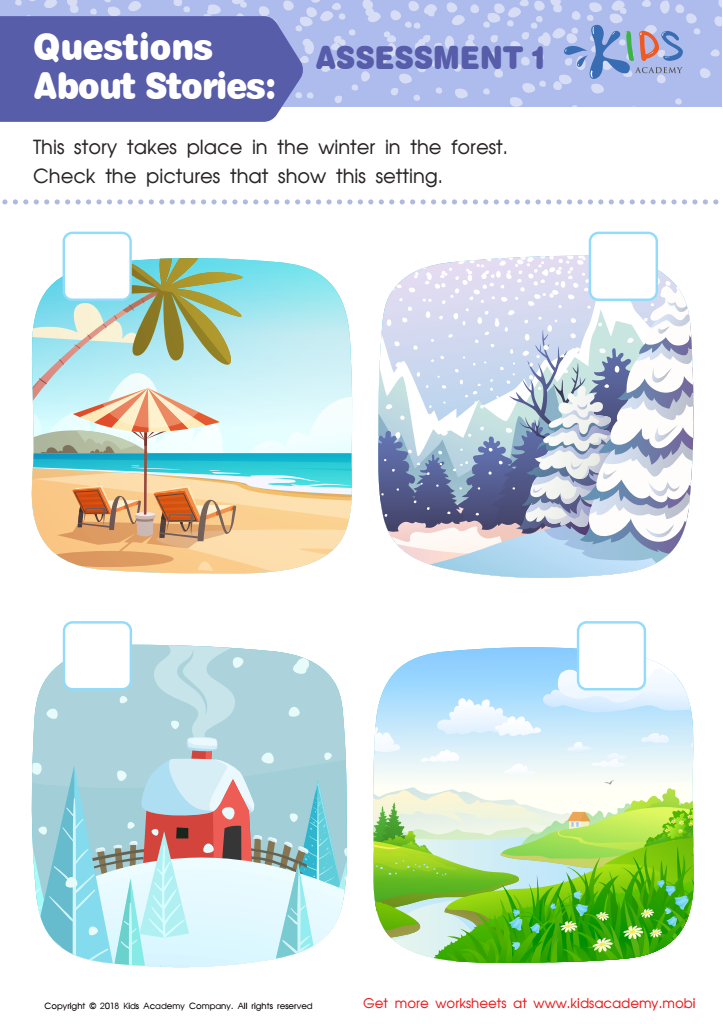

Questions About Stories: Assessment 1 Worksheet


Craft and Structure of Informational Texts: Assessment 1 Worksheet
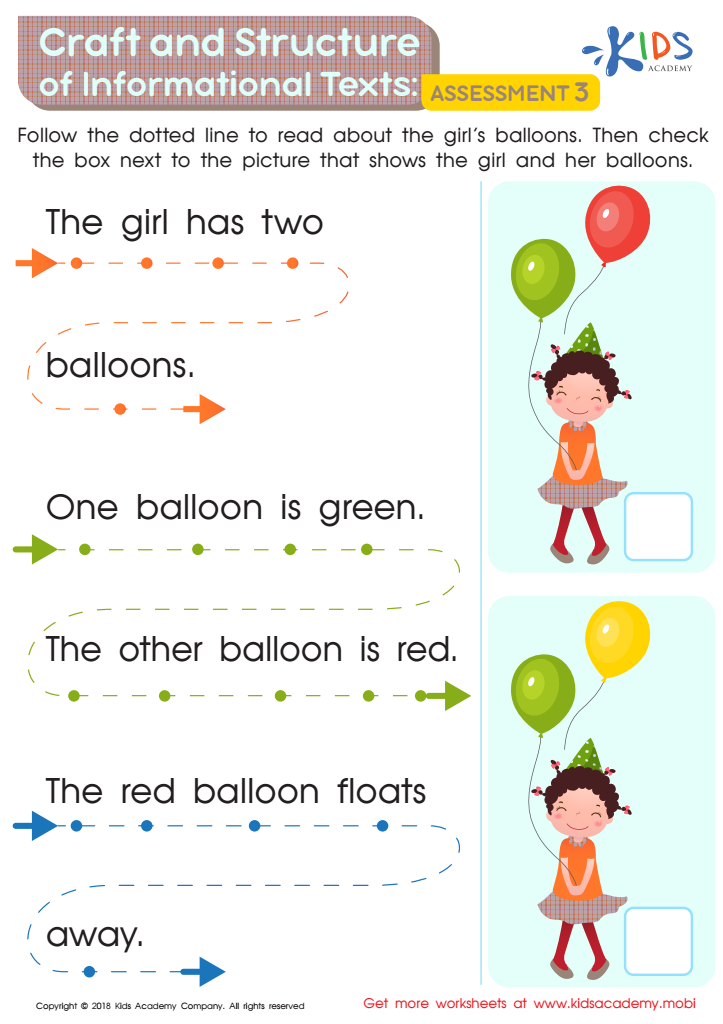

Craft and Structure of Informational Texts: Assessment 3 Worksheet
Reading Fiction worksheets activities serve as a valuable tool in enhancing literary skills, comprehension, and fostering a love for literature among learners of all ages. These activities are designed to engage students in the dynamic world of fiction, enabling them to explore various themes, characters, and plots in a structured and interactive manner. Here are several reasons why Reading Fiction worksheets activities are beneficial:
1. Improved Comprehension: These activities require students to delve deep into the text, asking them to analyze and interpret what they have read. This not only enhances their understanding of the narrative but also improves their ability to infer meaning from context, a skill vital in all reading.
2. Vocabulary Expansion: Engaging with Reading Fiction worksheets introduces learners to new words and phrases, enriching their vocabulary. As students encounter unfamiliar terms within the context of a story, they are more likely to remember and incorporate these words into their own vocabulary.
3. Critical Thinking: Worksheets often contain questions that challenge students to think critically about the text. This might include considering a character's motivations, identifying themes, or evaluating the author's message. Such exercises develop critical thinking skills that are transferable to other academic subjects and real-life situations.
4. Emotional Intelligence: Reading Fiction worksheets activities allow students to explore complex emotions and social situations through the safety of fictional characters and settings. This can help students develop empathy and a better understanding of human emotions and relationships.
5. Engagement and Enjoyment: Finally, these activities can make reading more enjoyable. By breaking down the text into manageable sections with guided tasks, students may find fiction more approachable and fun. This positive experience can encourage a lifelong habit of reading for pleasure.
In conclusion, Reading Fiction worksheets activities are an invaluable resource in the educational toolbox. They not only enhance literary skills and comprehension but also foster critical thinking, emotional intelligence, and a love for reading, making them essential for holistic educational development.
 Assign to the classroom
Assign to the classroom

